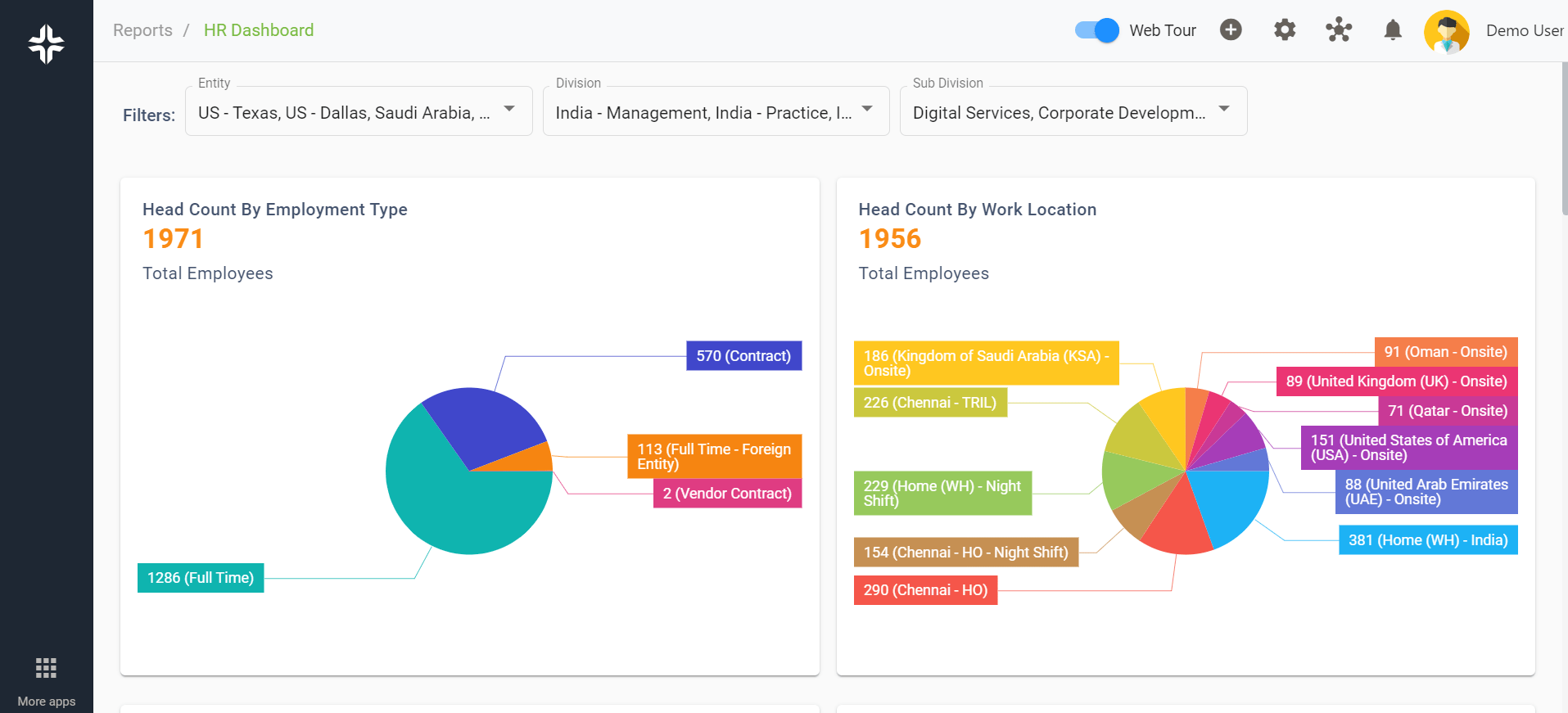Home » PSApedia
Employee productivity index
Empower your workforce with our Employee Productivity Index. Elevate employee engagement and drive business success.

What Is Employee Productivity Index?
The Employee Productivity Index is a metric used to measure the efficiency and output of individual employees or teams within an organization. It serves as a key indicator of how effectively employees utilize their time and resources to accomplish tasks or deliver results.
In Professional Service Automation (PSA), the Employee Productivity Index is a metric used to gauge the efficiency and effectiveness of employees in contributing to business outcomes. It typically measures output relative to input in terms of labor.
Significance of Employee Productivity in PSA
Assessing Employee Productivity Index is crucial as it provides insights into workforce efficiency and effectiveness. It helps in identifying high-performing individuals or teams, understanding work patterns, and pinpointing areas where productivity can be enhanced.
1. Operational Efficiency: A high productivity index indicates effective use of human resources.
2. Cost Management: Productivity impacts the cost-effectiveness of projects and services.
3. Strategic Planning: It helps in planning workforce requirements and resource allocation.

Significance of Employee Productivity in PSA
How to calculate Employee Productivity Index?
The Employee Productivity Index is generally calculated by dividing the total output (such as revenue or project deliverables) by the total input (usually hours worked or number of employees).
The formula to calculate Employee Productivity Index can vary based on the specific metrics and parameters used by an organization. However, a common formula involves:
Employee Productivity Index = Output or Results Achieved / Input or Resources Utilized
- Output or Results Achieved may include completed tasks, sales generated, projects delivered, etc.
- Input or Resources Utilized might comprise working hours, resources allocated, expenses, etc.
- This index can be tailored to fit the particular needs and objectives of a company.
Example Calculation:
Let’s consider an employee who completes 10 projects within a month, while the average time spent per project is 20 hours. The Employee Productivity Index can be calculated as:
Employee Productivity Index= Output or Results Achieved/20 hours per project
=0.5
Employee Productivity Index vs Similar Metrics
The Employee Productivity Index is similar to other productivity indicators like as efficiency ratios and output-to-input ratios. It does, however, concentrate on individual or team performance rather than overall organizational output.
1. Utilization Rate: Utilization rate measures the percentage of time employees spend on billable work, while the productivity index measures the output generated from this work.
2. Employee Engagement: While engagement reflects the emotional commitment of employees, productivity quantifies the outcome of their efforts.
| Metric | Definition | Importance / Use |
|---|---|---|
| Employee Productivity Index | Measurement of employee efficiency and output | Indicates the overall efficiency and output of the workforce |
| Revenue per Employee | Total revenue generated per employee | Reflects the individual contribution of each employee to the revenue |
| Output per Labor Cost | Output or productivity achieved per unit of labor cost | Evaluates the efficiency of labor costs in generating output |
| Efficiency Ratio | Comparison of actual output to standard or expected output | Measures the efficiency in achieving expected performance |
Application of Employee Productivity Index
Analyzing the Employee production Index will help you discover top performers, identify training needs, optimize resource allocation, and boost overall production. It helps staff create benchmarks and goals, encouraging a culture of continuous improvement.
1. Effective Resource Management: Optimizing workload and resource allocation using tools like resource management software.
2. Training and Development: Investing in employee training to enhance skills and efficiency.
3. Technology Adoption: Implementing advanced tools and automation solutions to streamline work processes.
Ready to Optimize Your Employee Productivity Index?
KEBS provides solutions for complete employee performance management and evaluation. Businesses may obtain insights into individual and team productivity by employing KEBS analytics and tracking features, allowing them to make informed decisions to enhance staff efficiency.
Utilizing KEBS software to monitor and analyze employee productivity. Creating tailored reports with KEBS reporting features to track productivity trends. Employing KEBS project management tools for effective task and project tracking, ensuring optimal productivity.

KEBS HR Dashboard
To learn more about how KEBS can assist in boosting your employee productivity index, contact us or request a demo.



